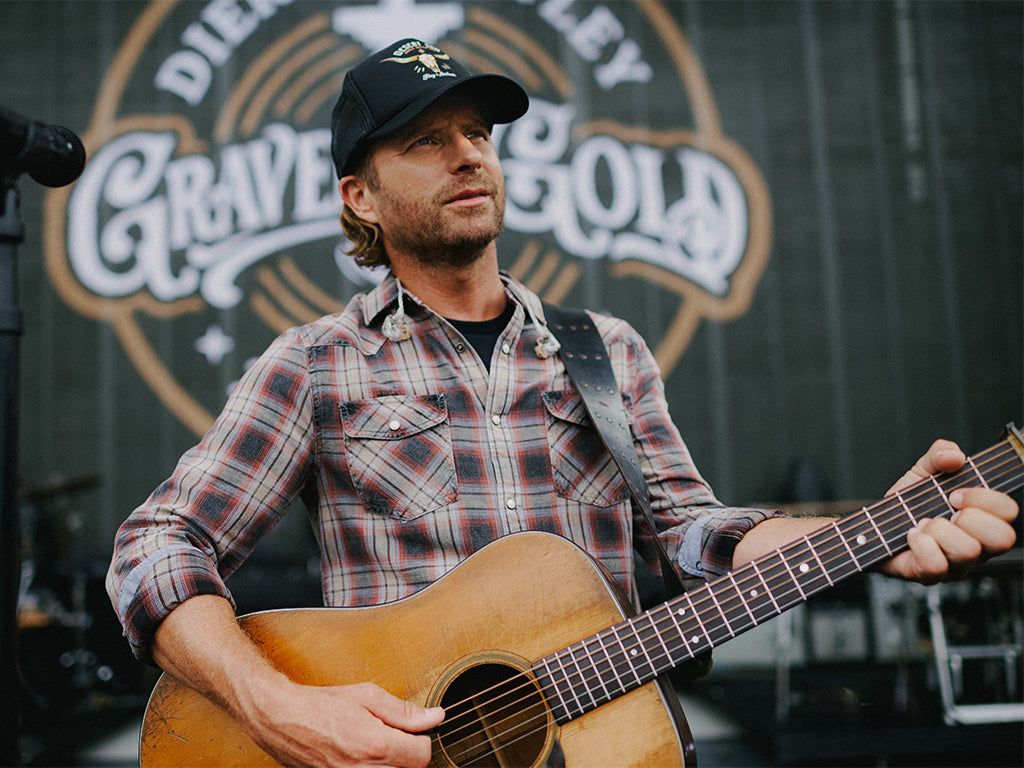What You Need To Know For Your First Time At A Golf Course

Stepping onto a golf course for the first time can feel intimidating—but it doesn’t have to be. Whether you’re heading out for a casual round with friends or attending a work outing, understanding a few key basics can help you feel confident, prepared, and ready to enjoy the game.
This guide will break down everything you need to know before your first golf course experience—what to wear, what to bring, how to act, and tips to play your best. If you're wondering what to expect your first time at a golf course, you're in the right place.
1. Dress Code: What to Wear to a Golf Course
One of the first things to know about going to a golf course for the first time is that golf has a dress code—especially at private clubs and nicer public courses.
Golf Course Outfit Basics:
-
Collared Shirt or Polo (polo shirts are best)
-
Golf or Khaki Pants/Shorts (no denim)
-
Golf Shoes or Athletic Shoes (soft spikes or spikeless)
-
Hat or Visor (optional but helpful on sunny days)
Avoid jeans, basketball shorts, tank tops, or flip-flops. If you're unsure about the dress code, check the course's website or call ahead.
2. What to Bring to the Golf Course
If it’s your first time golfing, you don’t need to buy a full set of clubs or expensive gear. Many courses offer club rentals, and you can get by with just the basics.
Golf Essentials for Beginners:
-
Golf clubs (rent if needed)
-
Golf balls (buy a small pack of inexpensive ones)
-
Tees
-
Glove (for better grip)
-
Water bottle
-
Sunscreen
-
Towel (for sweat or cleaning clubs)
-
Scorecard and pencil (usually provided)
Pro Tip: Bring extra golf balls—beginners tend to lose a few!
3. Understanding Golf Course Etiquette
Golf has an unspoken set of rules called golf etiquette that help keep the game respectful and fun for everyone. Here are a few beginner-friendly tips:
-
Be quiet while others are hitting
-
Stay behind the player who's swinging
-
Repair divots and ball marks
-
Don't walk on someone’s putting line
-
Keep pace—don’t slow down the group behind you
If you're unsure, watch what others are doing and follow their lead.
4. How to Navigate the Course
Golf courses typically have 9 or 18 holes, and they follow a clear layout from hole 1 to the final hole.
Key Golf Course Terms:
-
Tee Box: Where you take your first shot on each hole
-
Fairway: The short grass leading to the hole
-
Green: The smooth surface where the hole is located
-
Bunker: Sand trap hazard
-
Rough: Longer grass on the sides of the fairway
Stick to the cart path unless otherwise allowed, and always follow signage and rules posted by the course.
5. Booking a Tee Time
Golf courses require a tee time reservation—you can’t just show up and play. Most courses allow you to book online or by phone. For beginners, try to:
-
Play during off-peak hours (late mornings or early afternoons)
-
Choose a par-3 course or an executive course for a shorter, easier round
-
Let the course know you’re a beginner—they might offer helpful advice or suggest slower times
6. Don’t Stress About the Rules
When you're just starting out, it’s okay to focus more on learning the basics than mastering the official rules. Golf is meant to be fun, and most people understand that beginners are still learning.
A few relaxed rules to follow:
-
You don’t have to keep strict score
-
Pick up your ball if you're struggling on a hole
-
Take a "mulligan" (do-over) if needed
Eventually, you’ll want to learn the formal rules, but for now, keep it simple and focus on having a good time.
7. First-Time Golf Tips to Play Better
You don’t need to be good to enjoy golf—but a few simple tips can help your first time go smoother:
-
Take a lesson or watch beginner tutorials online
-
Practice at a driving range before playing
-
Use fewer clubs (just a driver, 7-iron, wedge, and putter can be enough)
-
Keep your head down and your swings slow
-
Be patient—it takes time to improve
Frequently Asked Questions
What should I expect for my first time golfing?
Expect a relaxed, social environment—but also a sport that requires patience and focus. Plan to be outside for 2–4 hours depending on how many holes you play.
Do I need my own golf clubs?
Not necessarily. Most courses offer club rentals. You can also borrow from a friend if you're just trying it out.
Can beginners play on any golf course?
Some courses are more beginner-friendly than others. Look for public, par-3, or executive courses to start. Call ahead and ask if the course is suitable for beginners.
Is golf expensive for beginners?
It can be, but you can keep costs low by:
-
Renting clubs
-
Booking tee times at municipal/public courses
-
Buying used golf balls
-
Sharing gear with a friend
Golf can seem overwhelming at first—but with a little preparation, your first time on a golf course can be an unforgettable experience. From what to wear to what to bring and how to behave, this guide gives you everything you need to step onto the course with confidence.
So go ahead—book that tee time, grab a few golf balls, and enjoy your first round. You might just fall in love with the game.































